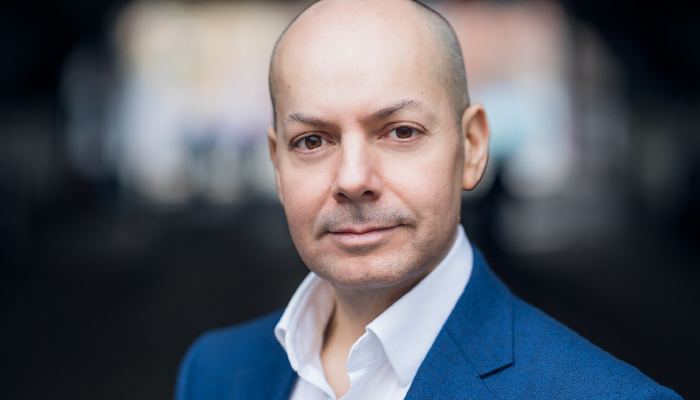
Rod Solar
I’ve been exploring ways you can raise the price for your expertise. We all know one can charge too little (that is, under cost). But is there such a thing as charging too much?
Should you aim for the highest price you can get, or is there a “fair” price to consider? Some economists say any price paid is fair, or the buyer wouldn’t pay it. They’re wrong.
World-class pricing expert Reed Holden puts it best:
“It’s not the price you charge. It’s how people feel about the price they have to pay.”
Pricing is about fairness, and fairness is personal. It’s a feeling – the buyer’s sense that they’d gladly do the transaction again. If they feel good about the price, they’ll come back.
When we set prices for urgent procedures, we're balancing a lot. There’s the value of the immediate care the patient needs, the time and effort required on our side, and the opportunity costs. A fair price reflects that urgency – but also the care, safety, and expertise we bring. It’s about understanding that we’re solving a problem that the patient values deeply, and pricing should honor the importance of that problem, the solution we provide, and the experience we deliver.

Rod Solar
Blair Enns, one of my pricing mentors, talks about the importance of pricing based on the value you create, not just the cost you incur. For us, this means recognizing that the value we deliver to patients isn’t just in the technical skills of performing surgery – it’s in restoring vision, reducing pain, and ultimately improving quality of life. When patients come to us in urgent situations, they are in a vulnerable state, seeking help. The value of the solution we provide in those moments is immense, and the price should fairly reflect that.
Fairness is complicated. Take Uber surge pricing. It’s rational, but some people still feel it’s unfair. It’s the same when private surgeons charge a premium for an urgent medical procedure. Your patient might feel they’re being taken advantage of, even if they agree to pay.
The solution? Communication. Better communication lets you charge more and keep your patients happy. When we set clear expectations and explain the value behind our pricing, patients understand the reasons behind the cost, and that understanding leads to a greater sense of fairness.
A good price isn't just about what the market will bear; it's about whether we can look back at this exchange and feel good about it. Fair pricing creates what Blair Enns calls a "double thank-you" moment – the patient thanks us for their restored vision, and we thank them for trusting us with their care and fairly compensating us for our expertise. It's about transparency, understanding, and mutual respect.
How much is too much? Benchmarks help, but don’t let them limit you. Practices might aim for a 70-80 percent gross margin, but that doesn’t define what’s fair. Refractive surgeons regularly charge £6000 for a job they complete in 20 minutes. The patient is thrilled with the quick result, and the eye surgeon was happy with the fee. They both say thank you, and they mean it.
That’s the goal: both parties feel great about the deal. This "weird double thank-you," as American Television Presenter John Stossel calls it, is what fairness looks like. When both sides feel good, the patient will say nice things about you behind your back.
In the end, fair pricing is about creating alignment. It’s about ensuring that the patient feels they’ve received more value than they paid for, while we, as service providers, feel adequately compensated for our skills, time, and dedication. When we achieve that double thank-you, we're doing it right. It means we're aligned in value – not underselling our expertise, and not overburdening the patient. That's what I strive for in my practice, and it’s what I hope others in this field do as well.
Fair pricing isn’t just a transaction; it’s part of building trust. It says to the patient, "I respect your situation, and I value my expertise." It creates a foundation for positive outcomes and lasting relationships. And when we can create those relationships, the rewards go far beyond the monetary exchange – they become a testament to the care, respect, and trust we build in our work.
To raise your prices, keep talking about value. Focus on the patient's goals and how you’re helping them achieve success. “I understand this is a significant investment, but it’s about achieving your objective. I’m sure you’ll agree it’s worth it.”
Bottom line: It’s not the price – it’s how people feel about the price. Keep the conversation going, focus on value, and you’ll see those double thank-you moments more often.
